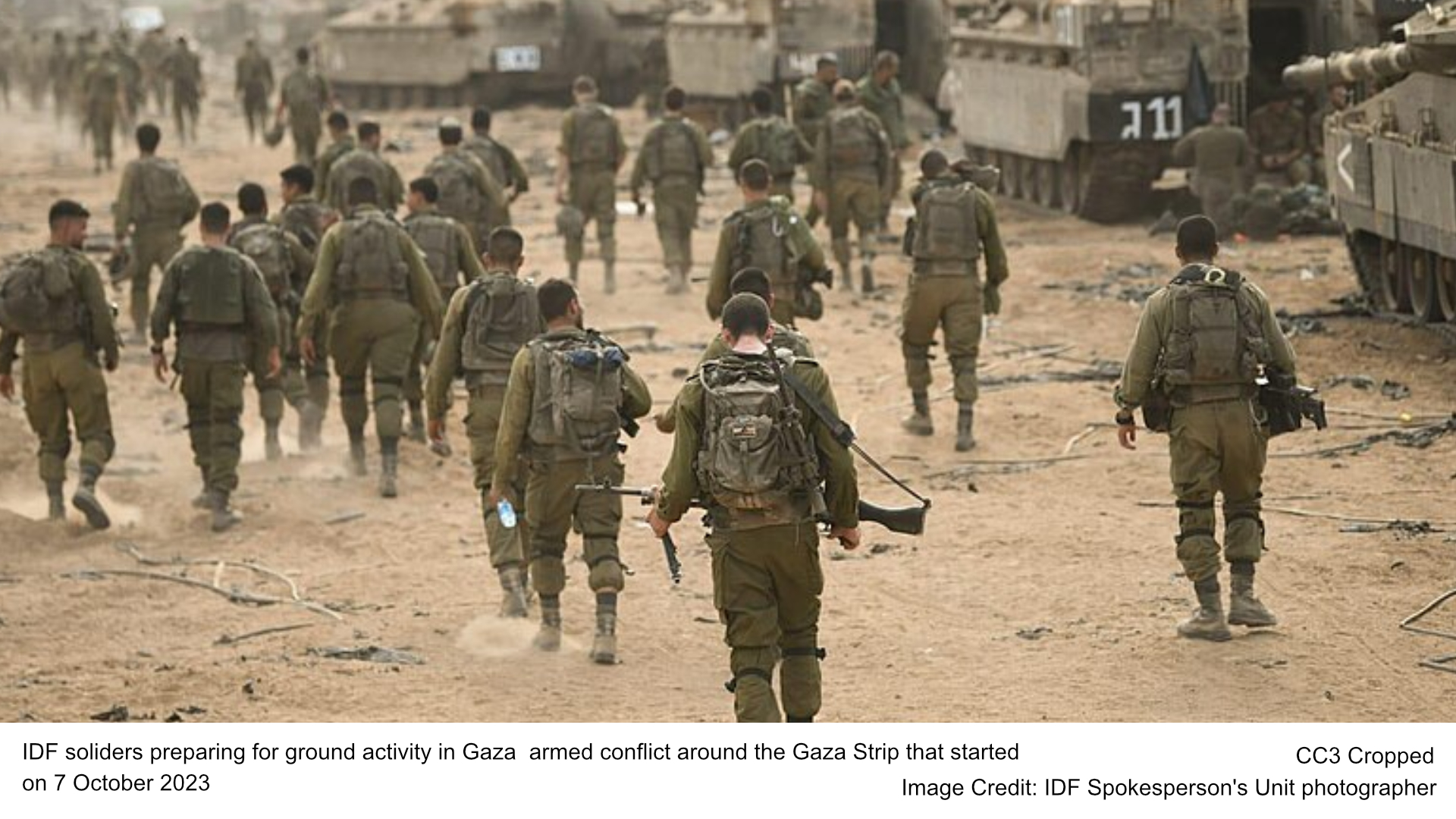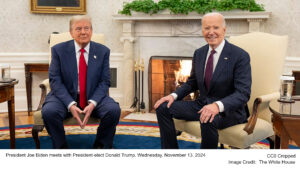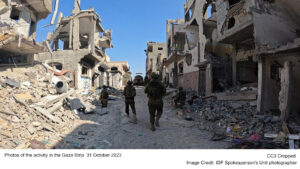A temporary ceasefire in the Gaza conflict, brokered with the assistance of Qatar, is set to take effect on Sunday morning at 6:30 GMT. The agreement aims to end over 15 months of intense fighting between Israel and Hamas. Israeli Prime Minister Benjamin Netanyahu, while confirming the truce, emphasized it was conditional and warned of a potential resumption of hostilities if the terms are breached. This article outlines the ceasefire’s framework, its implications, and ongoing challenges.
Play Count: 1
- Ceasefire Agreement: A temporary truce between Israel and Hamas begins Sunday, 6:30 GMT, aiming to end over 15 months of conflict, with conditions for potential resumption if breached.
- Hostage and Prisoner Exchange: Hamas will release 33 hostages over six weeks, while Israel will free 1,890 Palestinian prisoners in phases. The agreement also includes humanitarian aid provisions.
- Humanitarian Crisis: Gaza faces severe shortages of essentials, with tens of thousands of deaths reported since 2023. Reconstruction and aid delivery remain critical challenges.
- Geopolitical Dynamics: The ceasefire marks a fragile pause, with tensions from Iran-aligned factions and internal Israeli political divisions threatening long-term stability.
This ceasefire is part of a broader trend in conflicts where international mediation plays a critical role. Qatar’s involvement reflects its growing influence in brokering Middle Eastern diplomacy, often acting as an intermediary in disputes involving Hamas. The humanitarian crisis in Gaza highlights the pressing need for global cooperation to ensure aid delivery and rebuild war-torn areas.
Netanyahu’s Stance on the Ceasefire
In a televised speech, Prime Minister Netanyahu reaffirmed Israel’s commitment to bringing home all hostages held by Hamas in Gaza. He described the ceasefire as “temporary” and stated that Israel has the backing of the United States to resume military operations if necessary. Netanyahu highlighted Israel’s significant achievements during the conflict, including the targeted killing of Hamas leader Yahya Sinwar, which he claimed had reshaped the geopolitical dynamics of the Middle East.
The ceasefire agreement was approved by Israel’s cabinet after extensive deliberations, with a few dissenting votes from members of Netanyahu’s coalition. Some government officials and families of hostages have voiced concerns about the staggered nature of the hostage release, fearing incomplete resolutions in subsequent phases.
Details of the Ceasefire Agreement
The agreement entails a phased process. Initially, 33 hostages, primarily women, will be freed by Hamas in exchange for 1,890 Palestinian prisoners held by Israel. The ceasefire also includes provisions for the gradual withdrawal of Israeli troops from Gaza and the facilitation of humanitarian aid to the devastated region.
Key Provisions of the First Phase:
- Hostages will be released over six weeks.
- Palestinian prisoners, many accused of incitement or other offenses, will be freed in stages.
- The return of displaced Palestinians to northern Gaza will be managed by unarmed Hamas police.
Subsequent phases will address the release of remaining hostages, a more comprehensive prisoner exchange, and long-term reconstruction efforts in Gaza. The final stage envisions a full withdrawal of Israeli forces and the rebuilding of Gaza, though this is expected to take years.
Challenges and Ongoing Tensions
Despite the ceasefire, tensions remain high. Israeli airstrikes and Hamas rocket fire persisted until the last hours leading up to the agreement. Hamas officials have claimed the ceasefire as a victory, arguing that their continued survival against Israeli offensives underscores their resilience.
Concerns about the humanitarian crisis in Gaza loom large. According to the Hamas-run health ministry, tens of thousands of lives have been lost since the conflict began in October 2023, with much of the population displaced. Severe shortages of essential resources, including food and medical supplies, persist as international organizations struggle to deliver aid.
In addition, geopolitical dynamics continue to evolve. Yemen’s Houthi rebels, aligned with Iran, have threatened further attacks on Israel, complicating the region’s already fragile stability. Within Israel, protests and political divisions over the handling of the conflict have intensified, further complicating the path to peace.







Be First to Comment